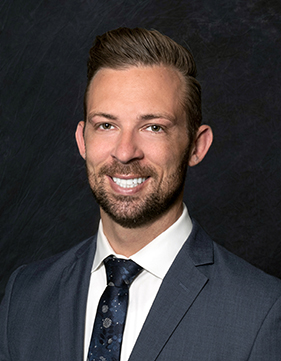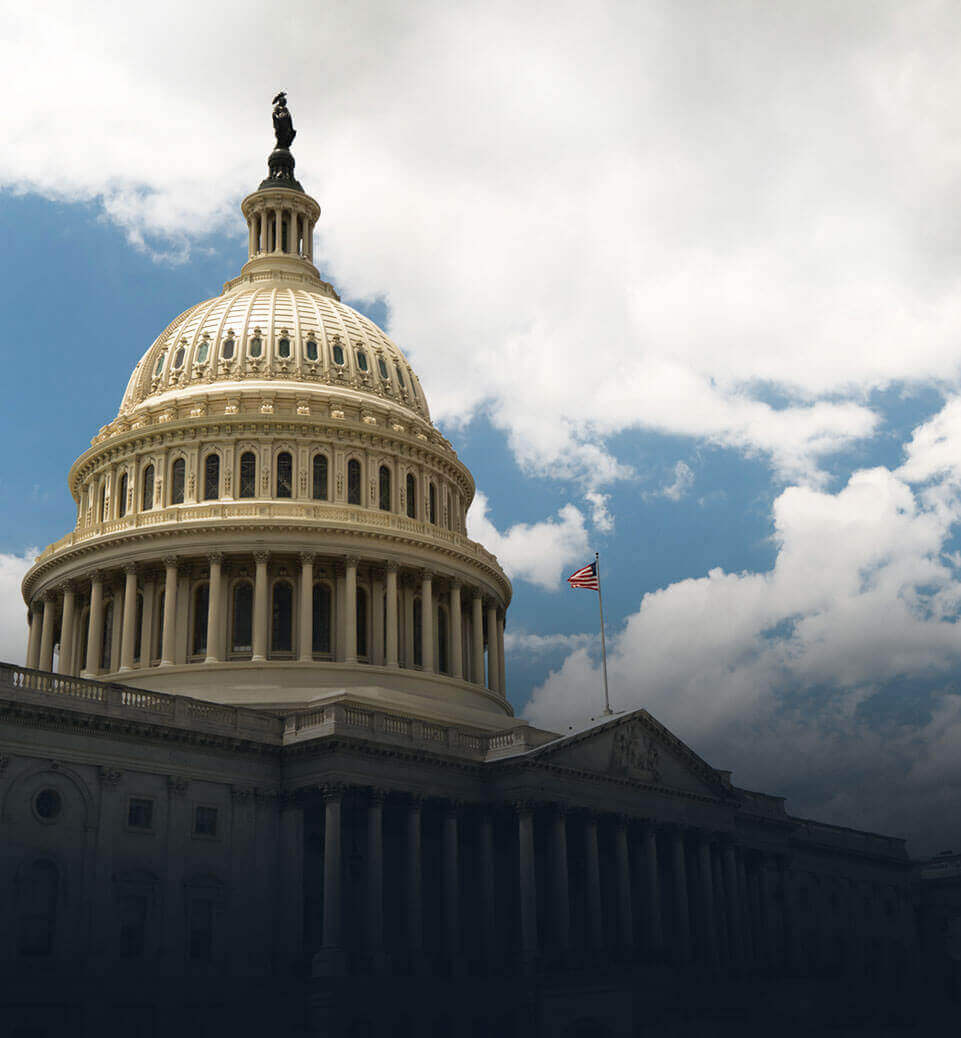|
|
Last Modified on Apr 05, 2025
California state laws governing motorcycles and accidents in which they are involved can be confusing, especially if you’ve been injured and are having to deal with the pain and suffering caused by your accident. We hope to shed light on some of the most important motorcycle laws so that you can understand them and better answer the commonly asked question, “What are my rights after a motorcycle accident in California?”
What Are My Rights After a Motorcycle Accident in California?
The basic answer to this is that you have the right to file a claim when you’ve been injured in a motorcycle accident, regardless of whether you were operating a motorcycle or a passenger vehicle. However, if liability for the accident is in question and your negligence is investigated, failure to follow basic safety and traffic laws can find you liable for an accident, which in many cases will result in a denial of your personal injury claim in full or in part.
For this reason, understanding the laws is the first step to following them. Roughly two people die every day in California as a result of motorcycle accidents. In addition, thousands are injured in accidents that involve motorcycles despite the state’s dedication to motorcycle safety education and strict safety laws that apply to riders and passenger vehicles alike.
Some of the basic safety laws for California motorcycle riders are detailed below. It is important to always follow even the simplest of laws to ensure safety and protect yourself from liability in the event of an accident.
Motorcycle Licenses
All drivers of two-wheel vehicles in California must have an M1 license to operate a motorcycle. Drivers of mopeds and motorized or e-bikes must have an M2 license, according to the California Department of Motor Vehicles’ California Motorcycle Handbook.
Anyone who wishes to obtain either an M1 or M2 license must take the California Motorcyclist Safety Program (CMSP), but all riders, even those over the age of 21, are encouraged to take the class for the purpose of motorcycle safety and law recognition.
Motorcycle Helmets
California requires motorcycle riders to wear a helmet. The helmet must comply with the standards of the US Department of Transportation (DOT) for motorcycle safety helmets. Helmets should fit snugly and not feel loose. They should be attached properly to avoid the helmet coming off in a collision.
Protective Gear
Face and eye protection are recommended to protect the rider from dust, wind, rain, gravel, road pebbles, and other debris, as goggles only protect the rider’s eyes and not their face. Additional protective gear, such as full-coverage leather gloves, a long-sleeved leather jacket with reflective accents, long and heavy pants that go over the ankles, and closed-toe boots, is also recommended but not required by law.
The Motorcycle
A rider’s motorcycle should fit them. Their feet should comfortably reach the ground when seated on the motorcycle. A street-legal motorcycle must have a minimum tread on the tires and sufficient air pressure for safe operation. Motorcycles should also have operating headlights and tail lights, as well as brake lights and turn signals. The front and rear brakes and the horn must work properly. Mirrors should be present and operable.
Failure to meet these standards could result in tickets, fines, or rider liability if an accident occurs.
Lane Splitting
Lane splitting is legal in California when done properly. Also known as lane sharing, white lining, or filtering, lane splitting is a driving maneuver in which a motorcycle rider rides between lanes when traffic is stopped or slower. This is done in order for the motorcycle rider to move to the front of traffic at a stoplight. It should be used with caution and care by experienced motorcycle riders, as serious consequences can occur if done improperly.
Surprising Facts About Motorcycle Accidents
- 70% of motorcycle accidents occur at an intersection.
- Most motorcycle accidents occur when the rider is on a short trip, riding for less than five miles.
- Most riders are traveling less than 30 mph when they are involved in an accident.
- Non-US DOT-compliant helmets tend to have very thin padding and protective liners, and they lack the ability to protect the rider properly.
- Riders wearing proper safety helmets are three times more likely to survive a head injury.
FAQs
Q: How Much Are Most Motorcycle Accident Settlements?
A: There is no average settlement amount for these types of accidents. Every accident is unique with its own set of circumstances that dictate the final settlement award. Factors that affect a settlement amount include the establishment of liability, the number of parties involved, the severity of injuries, the complexity of the damages incurred, and other determining factors.
Q: What Should You Not Do After a Motorcycle Accident?
A: After a motorcycle accident, do not leave the scene before law enforcement arrives and a police report is made. Do not admit fault or apologize. Do not deny medical attention. Do not post about your accident on social media. After your accident, do not make any repairs to your motorcycle before talking to an attorney, as it could jeopardize any investigation required to establish negligence.
Q: How Much Does a Motorcycle Accident Lawyer Cost?
A: The cost of a motorcycle accident lawyer depends on several different factors. One of the most influential factors is the complexity of the accident. Additionally, it’s important to consider the attorney’s fee structure. Some attorneys charge a flat fee, while some may charge a contingency fee. You should discuss the attorney’s fee arrangement during the initial consultation.
Q: Should I Get a Lawyer for a Motorcycle Accident?
A: It is always good practice to consult an attorney following a motorcycle accident. If you were found liable or negligent in the accident, you will likely need an attorney to represent you. If you were injured in a motorcycle accident, an attorney can be helpful in representing you and negotiating your settlement amount with insurance companies on your behalf.
A Legal Team Ready to Support You
If you are facing medical bills and loss of wages due to an injury incurred because of a motorcycle accident, navigating the complex California court system to receive compensation for your injuries can be tough. Belgum, Fry & Van Allen can help you with the stressors of filing a personal injury claim in California.
Contact us to get all of your questions regarding your accident, injury, and potential for compensation answered. Our experienced lawyers can start working on your claim.






